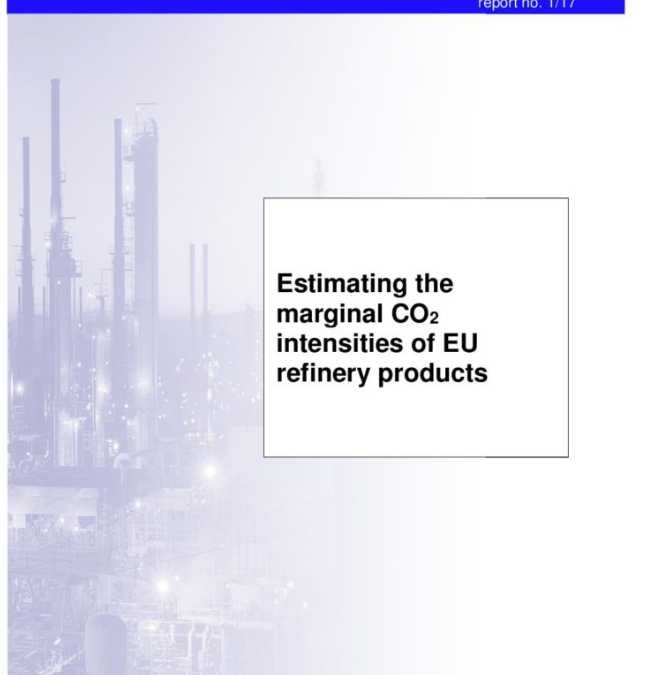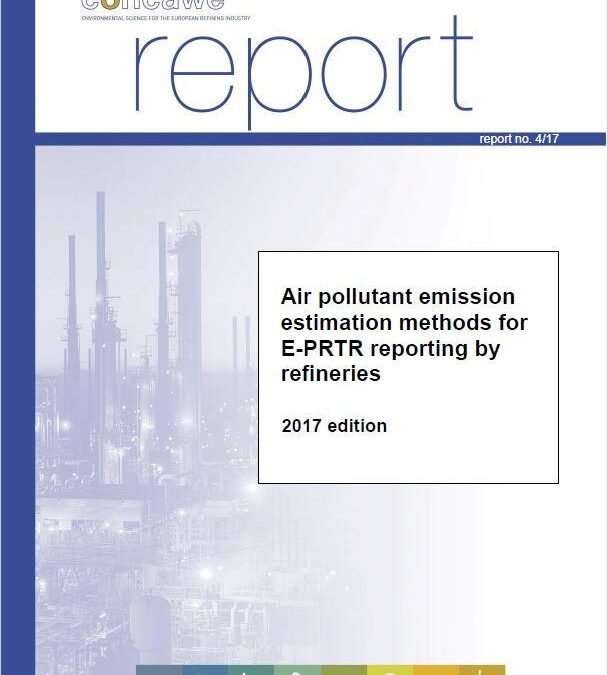

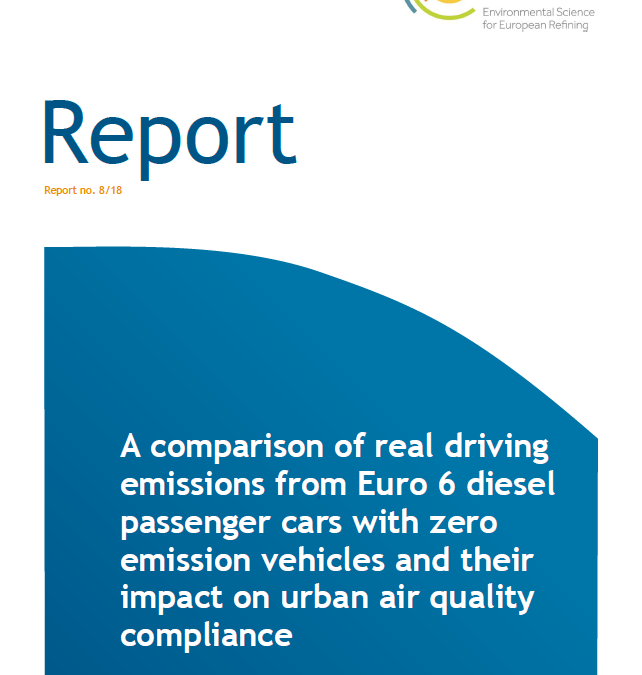
Experimental evaluation of the flux chamber technique to determine VOC emissions from a water surface
Report no. 3/17: Tests have been undertaken under controlled conditions in a wind tunnel to compare the emission fluxes from an open tank containing an aqueous toluene solution with those determined using a lux chamber mounted on the water surface. The tests showed...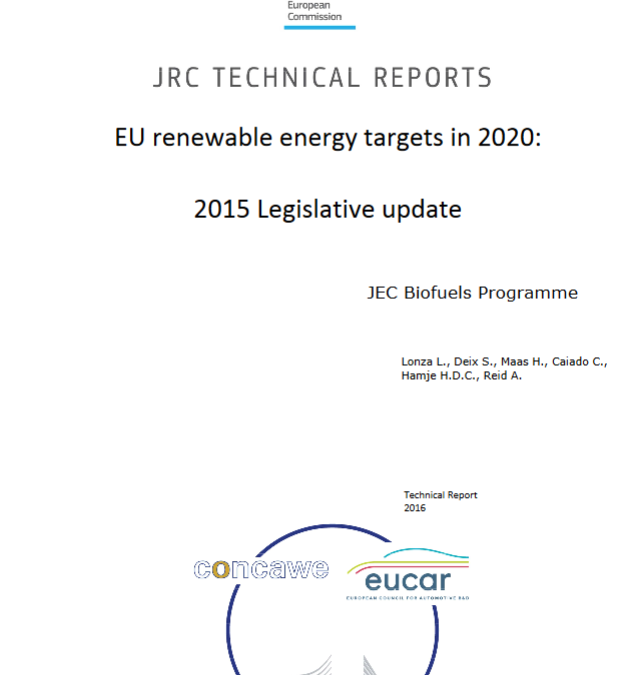
EU renewable energy targets in 2020: 2015 legislative update
This report is the result of the JEC Biofuels Programme, a joint study carried out by JRC (the Joint Research Centre of the European Commission), EUCAR (the European Council for Automotive R&D) and Concawe (the oil companies’ European association for environment,...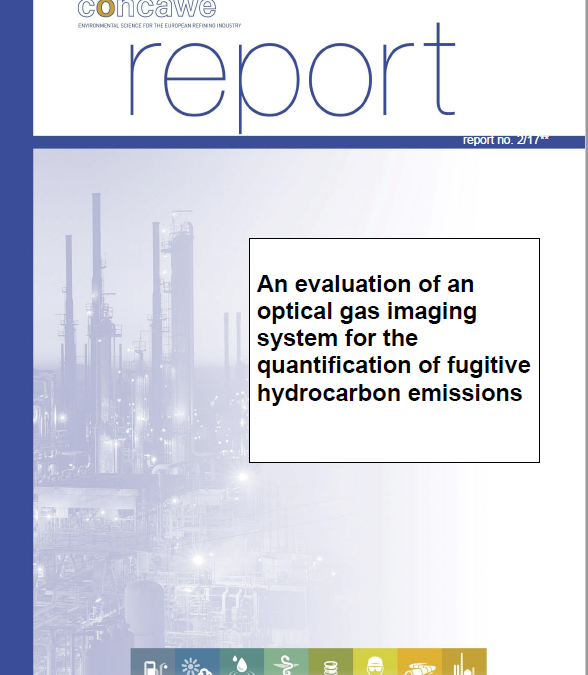
An evaluation of an optical gas imaging system for the quantification of fugitive hydrocarbon emissions
Report no. 2/17: This report provides the results of a preliminary study undertaken to test the performance of a quantitative optical gas imaging (QOGI) system. This has been developed to measure the mass emission rate of hydrocarbon leaks from industrial process...